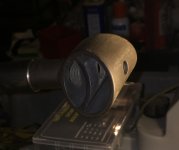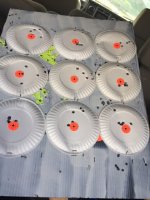I stumbled across Jerry's thread about issues with the removal of muzzle brake on his Rem 700 SPS while trying to solve a similar problem with mine. I had the barrel threaded on my Rem 700 SPS 20" 308. I removed the JP Recoil Eliminator from my DPMS gas gun, where it performed amazingly for back-on-target. I was looking for the same thing on the SPS. Up until that time, the SPS had MOA or better performance consistently. At the range, I was shocked to see that I couldn't get 3 MOA performance, even with match grade ammo. Everything was high-right spread in all directions in a 3-4 inch area at 100 yards. I shot at least 25 rounds in 5-shot groups. I couldn't believe it. After checking the scope for stability (no obvious problem), I removed the recoil eliminator and screwed the thread protector back on. Groups returned to 1 MOA and better. One thing that might be a factor is that the barrel may have been threaded too long. So I guess what I'm trying to figure is maybe the distance from the end of the muzzle to the eliminator is too little or too much? I'm not sure where the crown is supposed to be in relation to the muzzle device. I can find tons of material about screwing the things on but not much on where it's supposed to end up. Flush with the beginning of the device or farther?
Thanks, y'all, for any advice.
Tommy
Thanks, y'all, for any advice.
Tommy


